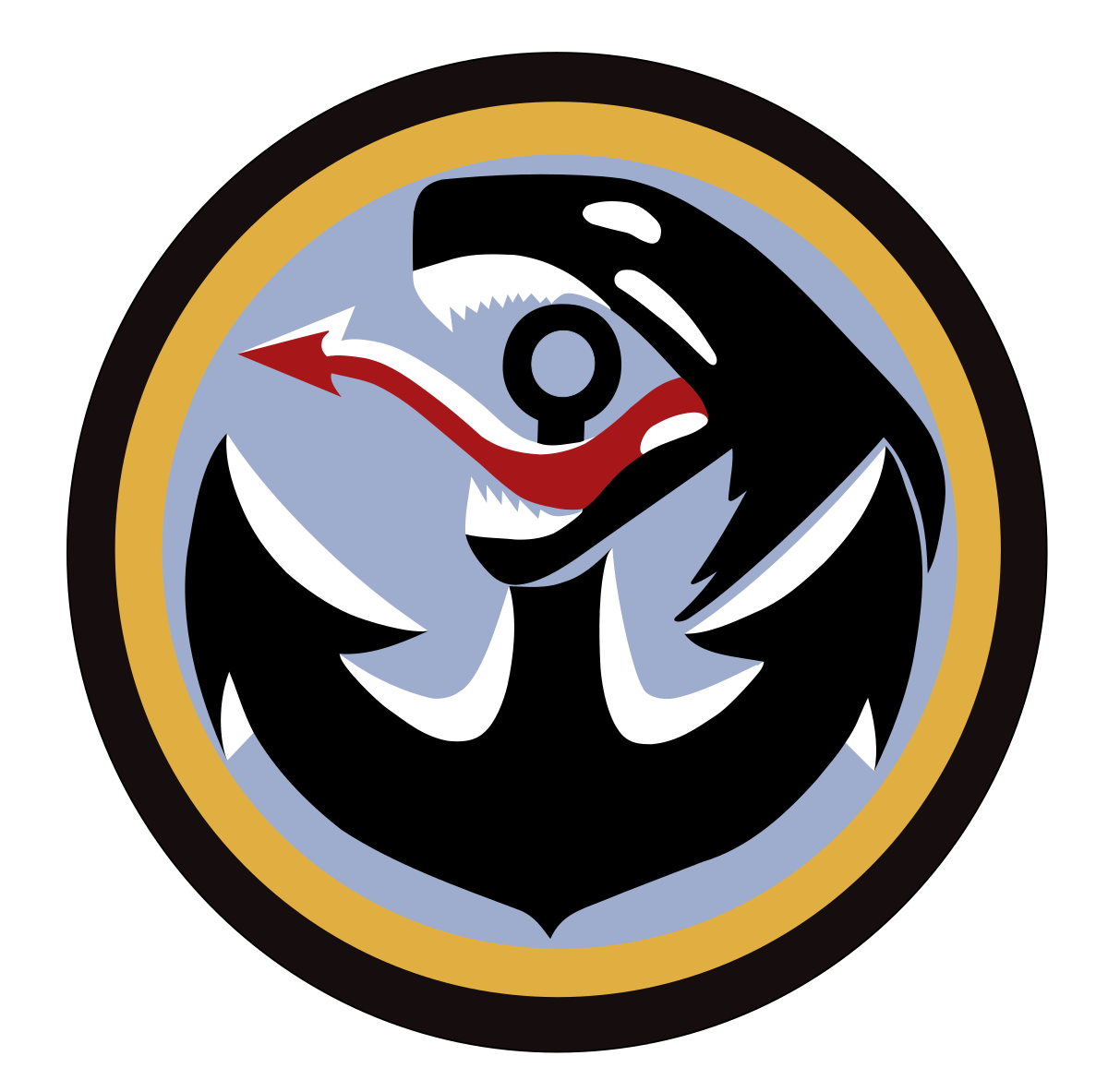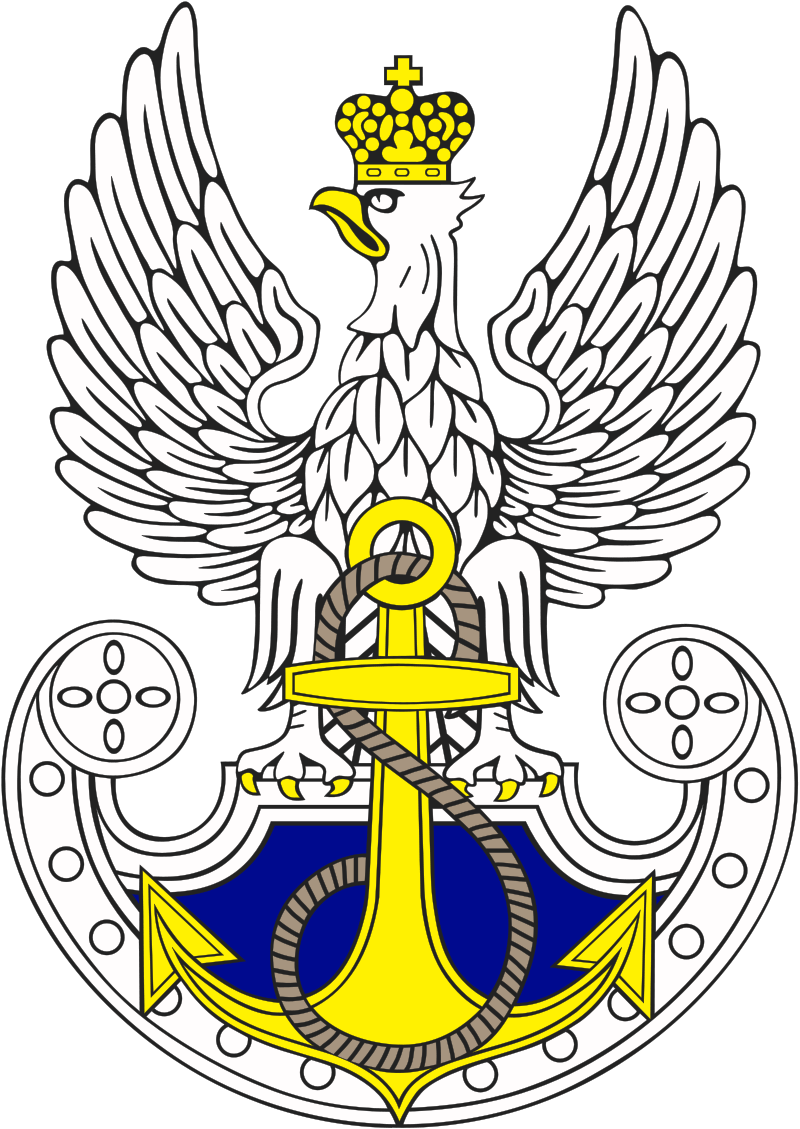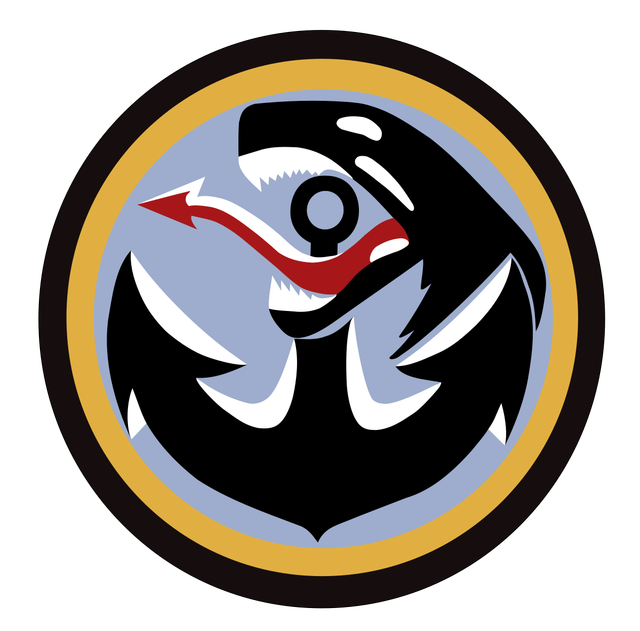- Jul 12, 2018
- 10,492
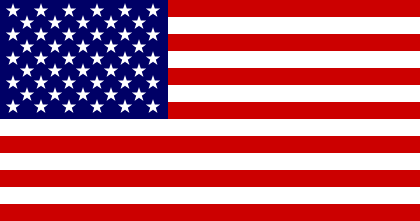
|
OPERATION CRYPTIC KING |
SECRET |

| 
NAVY DEPLOYMENT | 
|
|
CARRIER STRIKE GROUP ONE
Rear Admiral Nicholas Monroe
Rear Admiral Nicholas Monroe
| Ship Class | Vessel | Compliment | Home Port |
| Nimitz-class Aircraft Carrier | USS Nimitz | Total: 6014 / Compliment: 3532 / Pilots: 250 / Air Wing: 2230 / NCIS Agents Afloat: 2 | Naval Air Station North Island, California |
| Ticonderoga-class Guided Missile Cruiser | USS Valley Forge | 330 | Naval Air Station North Island, California |
| Ticonderoga-class Guided Missile Cruiser | USS Antietam | 330 | Naval Air Station North Island, California |
| Ticonderoga-class Guided Missile Cruiser | USS Mobile Bay | 330 | Naval Air Station North Island, California |
| Arleigh Burke-class Guided Missile Destroyer | USS John S. McCain | 323 | Naval Air Station North Island, California |
| Arleigh Burke-class Guided Missile Destroyer | USS Ben N. Campbell | 323 | Naval Air Station North Island, California |
| Arleigh Burke-class Guided Missile Destroyer | USS Joe Lieberman | 323 | Naval Air Station North Island, California |
| Arleigh Burke-class Guided Missile Destroyer | USS Chris Dodd | 323 | Naval Air Station North Island, California |
| Arleigh Burke-class Guided Missile Destroyer | USS William Roth | 323 | Naval Air Station North Island, California |
| Celestial-class Frigate | USS Carter Braxton | 140 | Naval Air Station North Island, California |
| Celestial-class Frigate | USS Charles Carroll | 140 | Naval Air Station North Island, California |
| Supply-class Support Ship | USNS Arctic | 600 | Naval Air Station North Island, California |
| Supply-class Support Ship | USNS Bridge | 600 | Naval Air Station North Island, California |
| Henry J. Kaiser-class Replenishment Oiler | USNS John Lenthall | 113 | Naval Air Station North Island, California |
| Henry J. Kaiser-class Replenishment Oiler | USNS Andrew J. Higgins | 113 | Naval Air Station North Island, California |
CARRIER AIR WING THREE
Captain Buck Jackson
Captain Buck Jackson
| Squadron | Aircraft | Number of Aircraft | Personnel | Garrison |
| Fighter Attack Squadron 111 (VFA-111) | F/A-18F Super Hornet | 12 | 24 Pilots | Naval Air Station North Island, California |
| Fighter Attack Squadron 112 (VFA-112) | F/A-18F Super Hornet | 12 | 24 Pilots | Naval Air Station North Island, California |
| Fighter Attack Squadron 113 (VFA-113) | F/A-18F Super Hornet | 12 | 24 Pilots | Naval Air Station North Island, California |
| Fighter Attack Squadron 114 (VFA-114) | F/A-18F Super Hornet | 12 | 24 Pilots | Naval Air Station North Island, California |
| Marine Fighter Attack Squadron 203 | F/A-18F Super Hornet | 12 | 24 Pilots | Marine Corps Air Station Miramar, California |
| Electronic Attack Squadron 303 (VAQ-303) | EA-16G-Growler | 12 | 24 Pilots | Naval Air Station North Island, California |
| Carrier Airborne Early Warning Squadron 403 (VAW-403) | E-2C Hawkeye | 4 | 20 Pilots | Naval Air Station North Island, California |
| Fleet Logistics Support Squadron 503 (VRC-503) | C-2 Greyhound | 2 | 4 Pilots | 4 Crew | Naval Air Station North Island, California |
SUBMARINE SQUADRON 3
Captain Lewis Wells
Captain Lewis Wells
| Ship Class | Vessel | Compliment | Home Port |
| Los Angeles-class Submarine | USS Columbus | 110 | Naval Submarine Base Bangor, Washington |
| Los Angeles-class Submarine | USS Santa Fe | 110 | Naval Submarine Base Bangor, Washington |
| Los Angeles-class Submarine | USS Boise | 110 | Naval Submarine Base Bangor, Washington |
| Los Angeles-class Submarine | USS Montpelier | 110 | Naval Submarine Base Bangor, Washington |
| Los Angeles-class Submarine | USS Charlotte | 110 | Naval Submarine Base Bangor, Washington |
DETAILS
Nimitz-class - Fully Fueled; Aviation reserves fully fueled; Non-perishable and perishable food/water for 3 month journey; Standard armaments including: x3 NATO Sea Sparrow Launchers (x8 RIM-7 Sea Sparrow loaded in each); x4 Phalanx CIWS; x2 RAM launchers (x21 missiles); Standard countermeasures/decoys; Onboard: x500 M4A1 Carbine and associated ammo and x500 M1911 and associated ammo in barracks;
Aircraft: x60 Boeing F/A-18E/F Super Hornet and all of their necessary armaments and equipment; x12 EA-18G Growler; x8 MH-60S; x5 Northrop Grumman E-2D Hawkeye; x2 C-25 Greyhound.
Ticonderoga-class - Fully Fueled; Non-perishable and perishable food/water for 3 month journey; x8 RGM-84 Harpoon missiles; x2 5 in 62 caliber Mark 45 Mod 4 lightweight gun; x2 25 mm (0.98 in) Mk 38 gun; x4 .50 in (12.7 mm) cal. machine gun; x2 Phalanx CIWS Block 1B; x2 Mk 32 12.75 in (324 mm) triple torpedo tubes (standard reserve of Mk 54 torpedoes); Onboard: x30 M4A1 Carbine and associated ammo and x30 M1911 and associated ammo in barracks;
x2 61 cell Mk 41 vertical launch systems containing: x5 RUM-139C (Mrk 54 Torpedo); x244 (Quad packed) RIM-162A ESSM; x40 RIM-161B (SM-3 block IA); x16 RGM/UGM-109B Tomahawk Anti-Ship Missile;
Countermeasures/decoys: Mark 36 SRBOC; AN/SLQ-25 Nixie;
Aircraft: x2 Sikorsky MH-60S;
Boats: x1 RHIB.
Arleigh Burke-class (Flight IIA) - Fully Fueled; Non-perishable and perishable food/water for 3 month journey; x1 5-inch (127 mm)/62 Mk. 45 Mod 4 (lightweight gun); x2 20 mm Phalanx CIWS; x2 25 mm M242 Bushmaster chain gun; x2 Mk 141 Harpoon Anti-Ship Missile Launcher (x8 Harpoon missiles each); x2 Mark 32 triple torpedo tubes: x1 per tube + full standard storage of Mark 54 torpedoes on ship; Onboard: x150 M4A1 Carbine and associated ammo and x150 M1911 and associated ammo in barracks.
96-cell Mk 41 VLS: x10 RUM-139C (Mrk 54 Torpedo); x32 (Quad packed) RIM-162A ESSM; x5 RIM-161B (SM-3 block IA); x48 RGM/UGM-109E Tomahawk Land Attack Missile; x25 RGM/UGM-109B Tomahawk Anti-Ship Missile;
Countermeasures/decoys: AN/SLQ-32(V)2 Electronic Warfare System; AN/SLQ-25 Nixie Torpedo Countermeasures; MK 36 MOD 12 Decoy Launching System; MK 53 Nulka Decoy Launching System; AN/SLQ-39 CHAFF Buoys;
Aircraft: x2 Sikorsky MH-60S;
Boats: x1 RHIB.
Celestial-class Cutter - Fully Fueled; Aviation reserves fully fueled; Non-perishable food/water for 2 month journey; Well-rested, fed, and uniformed crew;
32-cell Mk 41 VLS: x5 RUM-139C (Mrk 54 Torpedo); x36 (Quad packed) RIM-162A ESSM; x3 RGM/UGM-109E Tomahawk Land Attack Missile; x15 RGM/UGM-109B Tomahawk Anti-Ship Missile;
Standard armaments including: x2 Mk 141 canister Harpoon missile launcher (x8 missiles); x1 Mk 32 triple torpedo launcher + 10 Mark 50 torpedoes stored; x2 Mk44 Bushmaster II 30-mm chain guns; x1 SeaRAM CIWS; x1 Mk 110 57mm gun; x4 crew-served .50 caliber Browning M2 machine guns; x2 crew-served M240B 7.62 mm machine guns;
Decoys: x2 Mk 36 SRBOC chaff rapid decoy launchers;
Compliment: 140 sailors;
Barracks: x100 Sig Sauer P229 DAK 9mm w/ Night Sights and x200 loaded magazines; x100 M4 Carbine and x300 loaded magazines; x10 M870P 12-gauge and x300 12-gauge shotgun shells.
Aircraft: x2 Sikorsky MH-60S;
Boats: x2 RHIB (each with mounted .50 cal Machine Gun).
Supply-class - Fully Fueled; Fully-stocked with non-perishable and perishable food/water for 6 month journey of the entire fleet (on top of the resources the respective ships already have); complete storage of usable fuel for aforementioned vessels; complete storage of aviation fuel for aforementioned aircraft; x2 Sikorsky MH-60S; Onboard: x100 M4A1 Carbine and associated ammo and x100 M1911 and associated ammo in barracks;
Boats: x1 RHIB.
Henry J. Kaiser-class Replenishment Oiler - Fully Fueled; Fully-stocked with non-perishable and perishable food/water for 6 month journey; complete storage of usable fuel for all conventionally-powered vessels for 6 month journey; complete storage of aviation fuel for all aircraft in the fleet for 6 month deployment; Onboard: x60 M4A1 Carbine and associated ammo and x60 M1911 and associated ammo in barracks;
Boats: x1 RHIB.
Los Angeles-class - Fully Fueled; Non-perishable food/water for 3 month journey; x12 VLS tubes + x12 RGM/UGM-109E Tomahawk Land Attack Missile, x4 533 mm torpedo tubes + 13 Mk-48 torpedoes; Onboard: x80 M4A1 Carbine and associated ammo and x80 M1911 and associated ammo in barracks.
Aircraft: x60 Boeing F/A-18E/F Super Hornet and all of their necessary armaments and equipment; x12 EA-18G Growler; x8 MH-60S; x5 Northrop Grumman E-2D Hawkeye; x2 C-25 Greyhound.
Ticonderoga-class - Fully Fueled; Non-perishable and perishable food/water for 3 month journey; x8 RGM-84 Harpoon missiles; x2 5 in 62 caliber Mark 45 Mod 4 lightweight gun; x2 25 mm (0.98 in) Mk 38 gun; x4 .50 in (12.7 mm) cal. machine gun; x2 Phalanx CIWS Block 1B; x2 Mk 32 12.75 in (324 mm) triple torpedo tubes (standard reserve of Mk 54 torpedoes); Onboard: x30 M4A1 Carbine and associated ammo and x30 M1911 and associated ammo in barracks;
x2 61 cell Mk 41 vertical launch systems containing: x5 RUM-139C (Mrk 54 Torpedo); x244 (Quad packed) RIM-162A ESSM; x40 RIM-161B (SM-3 block IA); x16 RGM/UGM-109B Tomahawk Anti-Ship Missile;
Countermeasures/decoys: Mark 36 SRBOC; AN/SLQ-25 Nixie;
Aircraft: x2 Sikorsky MH-60S;
Boats: x1 RHIB.
Arleigh Burke-class (Flight IIA) - Fully Fueled; Non-perishable and perishable food/water for 3 month journey; x1 5-inch (127 mm)/62 Mk. 45 Mod 4 (lightweight gun); x2 20 mm Phalanx CIWS; x2 25 mm M242 Bushmaster chain gun; x2 Mk 141 Harpoon Anti-Ship Missile Launcher (x8 Harpoon missiles each); x2 Mark 32 triple torpedo tubes: x1 per tube + full standard storage of Mark 54 torpedoes on ship; Onboard: x150 M4A1 Carbine and associated ammo and x150 M1911 and associated ammo in barracks.
96-cell Mk 41 VLS: x10 RUM-139C (Mrk 54 Torpedo); x32 (Quad packed) RIM-162A ESSM; x5 RIM-161B (SM-3 block IA); x48 RGM/UGM-109E Tomahawk Land Attack Missile; x25 RGM/UGM-109B Tomahawk Anti-Ship Missile;
Countermeasures/decoys: AN/SLQ-32(V)2 Electronic Warfare System; AN/SLQ-25 Nixie Torpedo Countermeasures; MK 36 MOD 12 Decoy Launching System; MK 53 Nulka Decoy Launching System; AN/SLQ-39 CHAFF Buoys;
Aircraft: x2 Sikorsky MH-60S;
Boats: x1 RHIB.
Celestial-class Cutter - Fully Fueled; Aviation reserves fully fueled; Non-perishable food/water for 2 month journey; Well-rested, fed, and uniformed crew;
32-cell Mk 41 VLS: x5 RUM-139C (Mrk 54 Torpedo); x36 (Quad packed) RIM-162A ESSM; x3 RGM/UGM-109E Tomahawk Land Attack Missile; x15 RGM/UGM-109B Tomahawk Anti-Ship Missile;
Standard armaments including: x2 Mk 141 canister Harpoon missile launcher (x8 missiles); x1 Mk 32 triple torpedo launcher + 10 Mark 50 torpedoes stored; x2 Mk44 Bushmaster II 30-mm chain guns; x1 SeaRAM CIWS; x1 Mk 110 57mm gun; x4 crew-served .50 caliber Browning M2 machine guns; x2 crew-served M240B 7.62 mm machine guns;
Decoys: x2 Mk 36 SRBOC chaff rapid decoy launchers;
Compliment: 140 sailors;
Barracks: x100 Sig Sauer P229 DAK 9mm w/ Night Sights and x200 loaded magazines; x100 M4 Carbine and x300 loaded magazines; x10 M870P 12-gauge and x300 12-gauge shotgun shells.
Aircraft: x2 Sikorsky MH-60S;
Boats: x2 RHIB (each with mounted .50 cal Machine Gun).
Supply-class - Fully Fueled; Fully-stocked with non-perishable and perishable food/water for 6 month journey of the entire fleet (on top of the resources the respective ships already have); complete storage of usable fuel for aforementioned vessels; complete storage of aviation fuel for aforementioned aircraft; x2 Sikorsky MH-60S; Onboard: x100 M4A1 Carbine and associated ammo and x100 M1911 and associated ammo in barracks;
Boats: x1 RHIB.
Henry J. Kaiser-class Replenishment Oiler - Fully Fueled; Fully-stocked with non-perishable and perishable food/water for 6 month journey; complete storage of usable fuel for all conventionally-powered vessels for 6 month journey; complete storage of aviation fuel for all aircraft in the fleet for 6 month deployment; Onboard: x60 M4A1 Carbine and associated ammo and x60 M1911 and associated ammo in barracks;
Boats: x1 RHIB.
Los Angeles-class - Fully Fueled; Non-perishable food/water for 3 month journey; x12 VLS tubes + x12 RGM/UGM-109E Tomahawk Land Attack Missile, x4 533 mm torpedo tubes + 13 Mk-48 torpedoes; Onboard: x80 M4A1 Carbine and associated ammo and x80 M1911 and associated ammo in barracks.
|
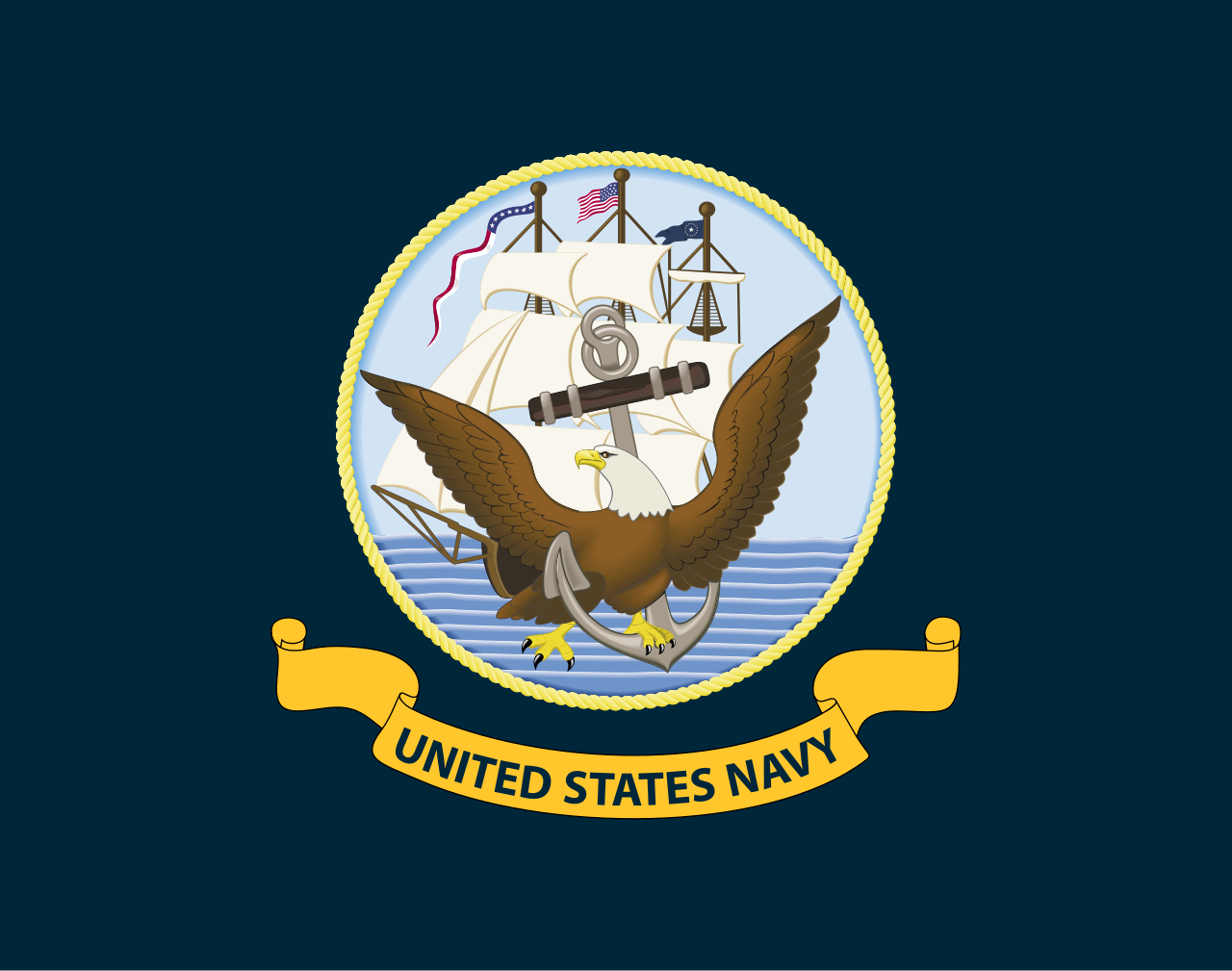
| 
DEPLOYMENT ORDERS | 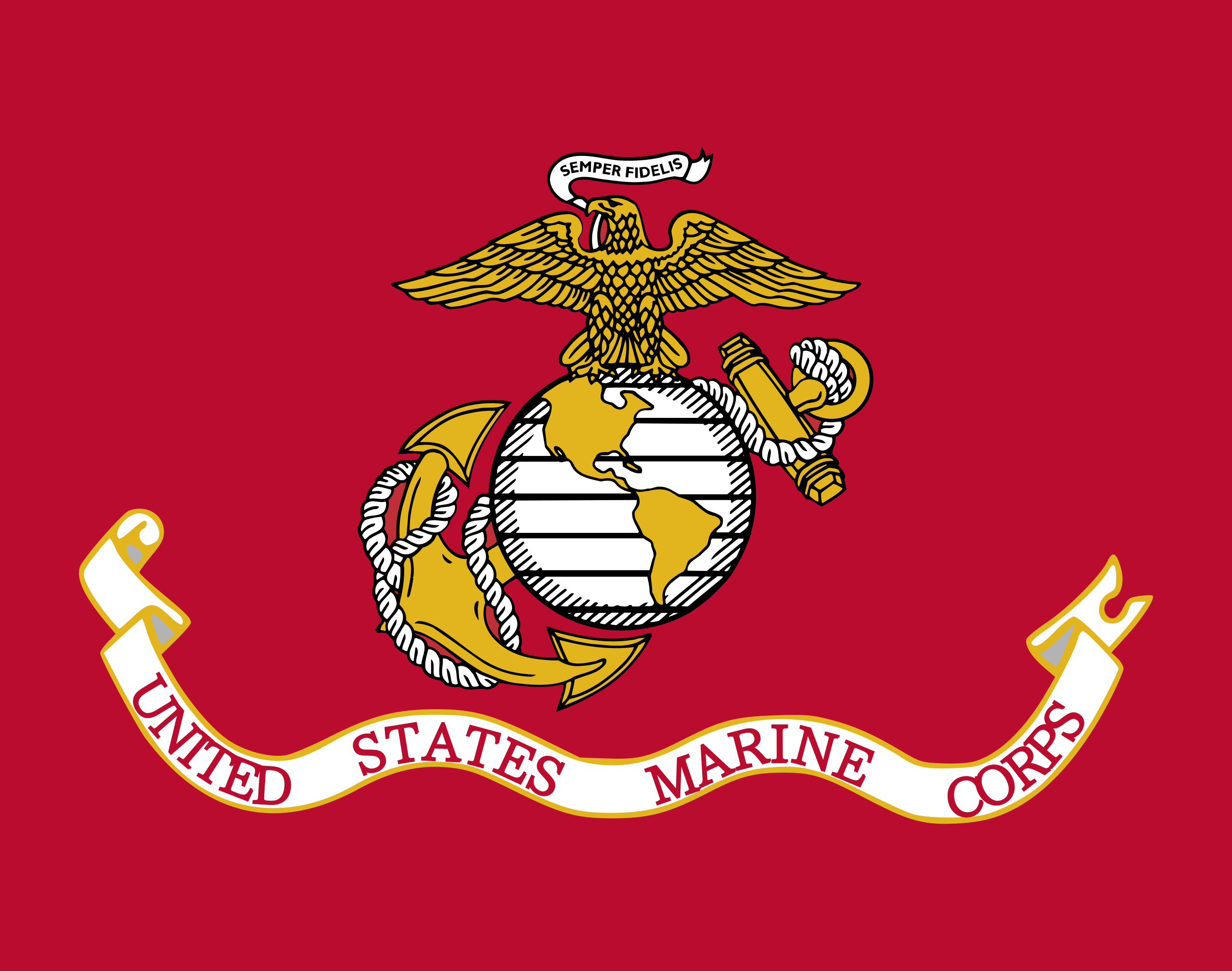
|
|
CONTEXT
The National Security Council and the Joint Chiefs of Staff informed the President of increasing global tensions, including possible border skirmishes between Thailand and Burma. President Gore decided that it was in the direct interest of the United States to prevent (or stop) an armed conflict between Thailand and Burma. The President ordered the deployment of significant Navy and Marine Corps assets beginning with Carrier Strike Group One and Submarine Squadron 3. All of the aircraft from Carrier Air Wing Three were properly loaded aboard the USS Nimitz as the carrier and the other ships were prepared to set sail into the Pacific Ocean. Measures were taken to ensure that the fleet was well-prepared for this deployment with the appropriate amount of food, water, ammunition, weapons, and all other necessities needed for the mission to be a success.
|
Last edited:



